What Is an eCheque & How Does It Work?
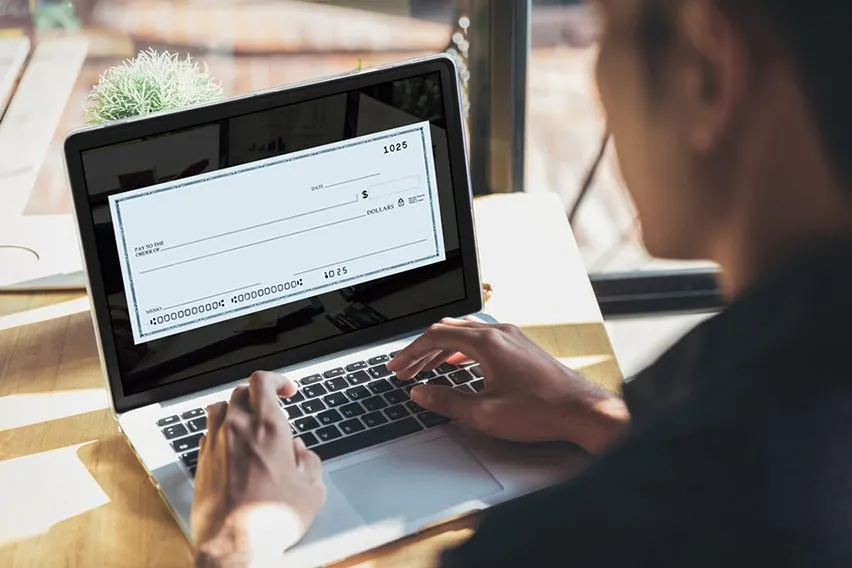
In the 2020s, it’s pretty tough to see a chequebook in the wild. It’s mostly governments and some legal businesses that still accept paper cheques.
There’s a reason for that. eCheques and e-banking in general have changed the way we accept payments as businesses. It’s a much more cost-effective, eco-friendly and speedy solution to a pre-historic problem.
In this guide, we’ll break down how e-cheques work in Canada and why you should make the switch.
Here’s What We’ll Cover:
What Are The Benefits of eCheques?
What Is the Difference Between an eCheque and a Bank Transfer?
What Is an eCheque?
eCheque is short for an electronic cheque. It’s a method of payment between two parties that mimics a cheque – only it’s digital.
It’s a way to send money from a sender’s current account directly to the recipient. It contains the information that a paper cheque would. Only it’s digital.
Normally, an e-cheque is processed as a payment request that the sender makes to their bank. They include the payment amount and account details of the recipient. They then authorize the payment via an e-signature. Each bank has a different way of doing this. It could be a special code, telephone line or biometric signature.
E-cheques are governed by the same banking laws as paper cheques. Therefore, you can use e-cheque payments anywhere they’re accepted. They use the same sending system as traditional bank transfers so they’re much faster than their feeble paper equivalents.
Generally, businesses use e-cheques to send large payments.

What Are The Benefits of eCheques?
eCheques Save Money
Consider the hassle involved with sending a paper cheque to a business. A customer has to get an envelope, pay for postage and mail the cheque to the recipient. That doesn’t just cost money. That costs time which is more important in some ways.
Physical cheques are costly for the business receiving the cheque too. It adds labour hours to pay someone to take the physical cheque to the bank for processing. These things are never done quickly. Imagine those mounting hours! Even if you’re taking the cheque to the bank yourself, it’s wasting your previous money-making time too.
eCheques Save Time
We mentioned time with regards to wasting money for labour hours. What about the waiting time for a cheque to clear?
It’s important to note that e-cheques are much faster than paper cheques. They do still carry a delay in processing. A paper cheque may take 3-5 business days for the funds to clear and appear in the recipient’s account. This could delay the start of a project or delivery of a service.
An e-cheque could still take a couple of days to process. The general window is 2 working days. For an online transaction, this is a little slower than other payment processing methods. However, when compared to paper cheques, it’s lightning speed.
Even better, the sender usually receives a receipt of payment as soon as the e-cheque sends. This cuts down on any project delays.
eCheques Are Cheaper Than Other Payment Processors
When looking at incredibly speedy payment processors like PayPal, you may start to see a flaw in the e-cheque lifestyle. And we agree with you – online processors are faster and give your customer more flexibility in how they pay. They could pay via credit card or debit card for example.
However, as a business, you pay much higher fees to use these services than to receive an e-cheque. E-cheques are typically free to send and free to receive.
How Do eCheques Work?
eCheques work using an online payment programme. Sometimes banks have their own portals for e-cheques. Accounting software like ours has the capability to accept e-cheques too.
With FreshBooks, all you need to do is send an invoice and the customer has a range of ways to pay you. You can customize those methods. If e-cheques are the one for them, the system will prompt them to fill in their payment information. They’ll need to sign off with a secure signature.
Once the system accepts the cheque, we send it to their bank to request the payment. Both the payer’s bank and the payee’s bank need to authorize the payment for the funds to clear. This is why there’s always a delay for processing cheques.

Are eCheques Safe?
For banks to authorize e-cheque payments, the system used must be secure.
There’s always a slight level of risk with any online transaction. However. Compare that to the comedy of errors your could face accepting paper cheques. Paper cheques can get lost, stolen, damaged, weather-beaten. They could have errors on them or arrive with eligible handwriting.
None of these are risk factors with e-cheques.
What Is the Difference Between an eCheque and a Bank Transfer?
- You can cash an e-cheque as you would a paper cheque. You have to go to certain banking locations to do this but it is possible. With bank transfers, you will need to access your funds using an ATM. It won’t be the exact amount of the cheque in question.
- The payer doesn’t need the recipient’s bank details to send an e-cheque It’s a one-sided transaction. They only need the recipient’s business name to send funds.
- eCheques can still bounce, just like paper cheques. Because of the delay in processing the funds, there’s still the risk of the cheque bouncing when the funds are ready to send.
Key Takeaways
Paper cheques are a relic of the past. Don’t burden yourself with the time-consuming process of cashing a cheque at a bank and waiting for funds to clear. An e-cheque can streamline your payment process immeasurably.
Did you enjoy this guide? Head to our resource hub for more just like it.
RELATED ARTICLES

 What Is a Credit Balance?
What Is a Credit Balance? 5 Best Online Payment Methods In 2024
5 Best Online Payment Methods In 2024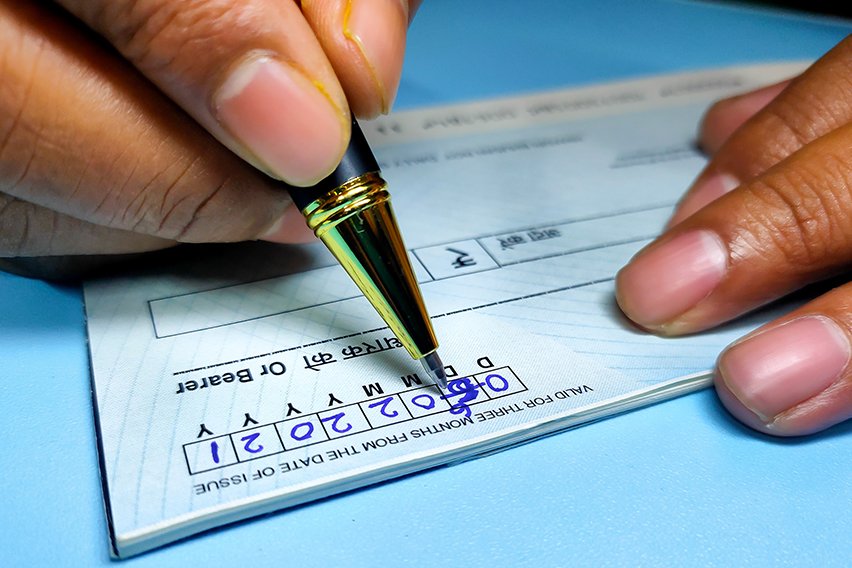 What Is a Stale-Dated Cheque?
What Is a Stale-Dated Cheque?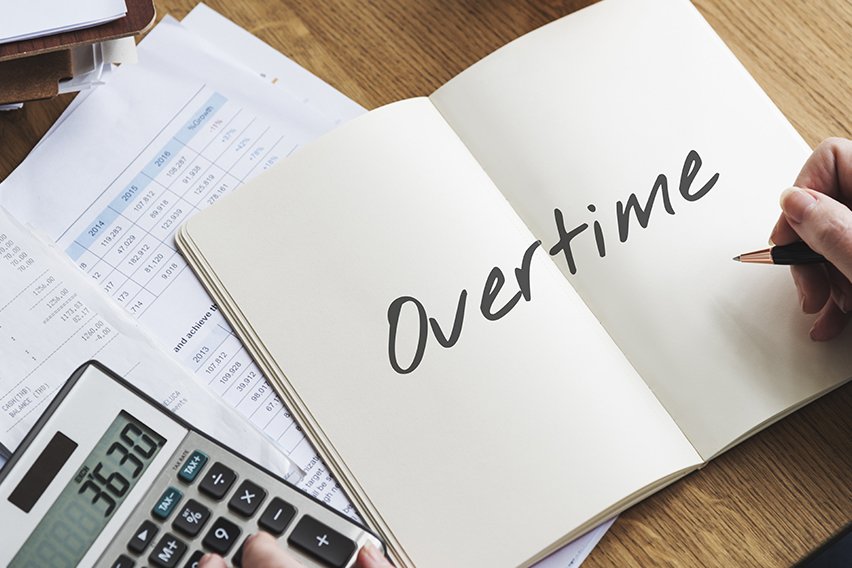 Employment Overtime Pay: Everything You Need to Know
Employment Overtime Pay: Everything You Need to Know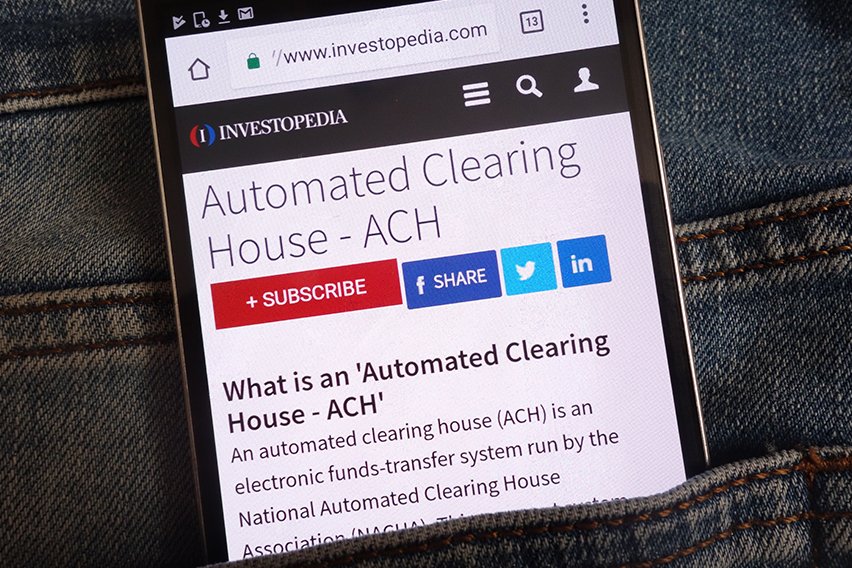 ACH Transfer: What Is It and How Does It Work?
ACH Transfer: What Is It and How Does It Work?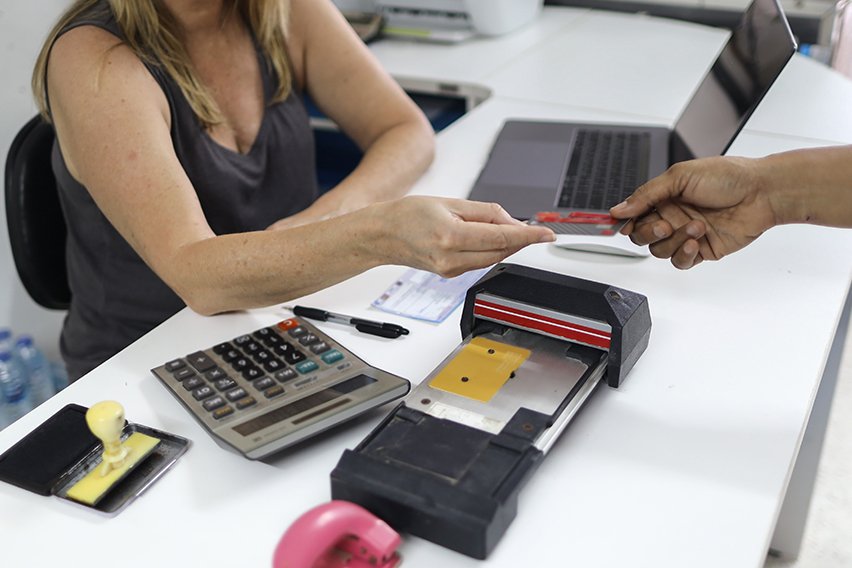 How to Pay Using Pre-Authorized Debit? A Beginner’s Guide
How to Pay Using Pre-Authorized Debit? A Beginner’s Guide